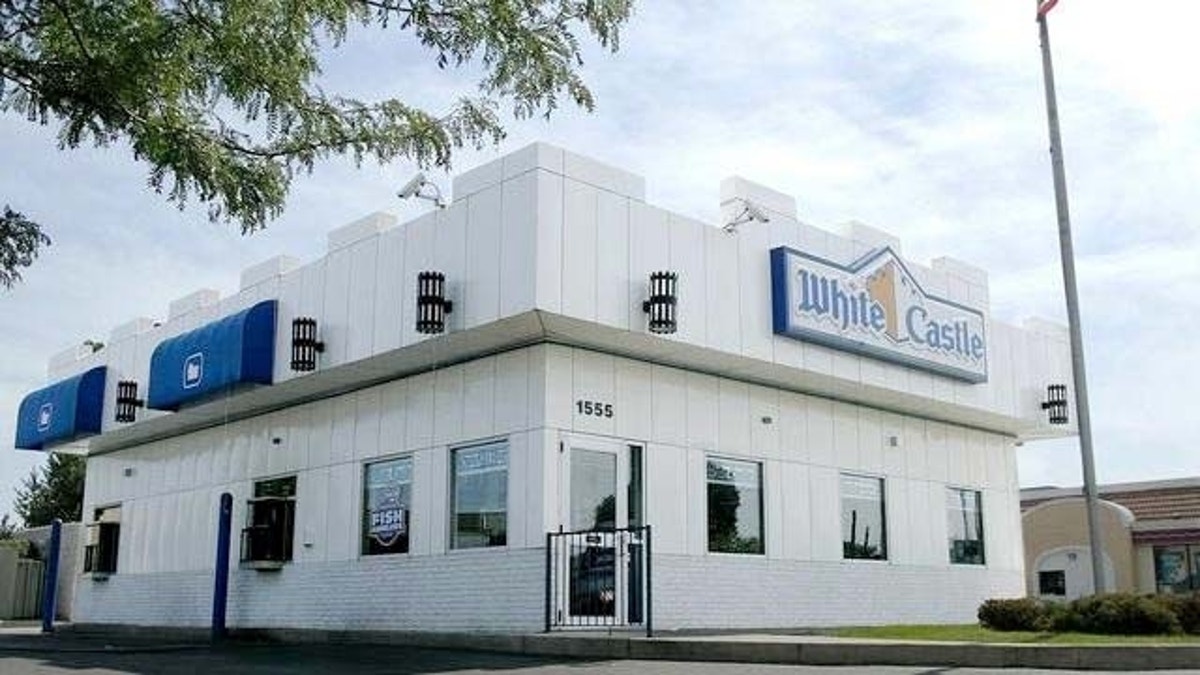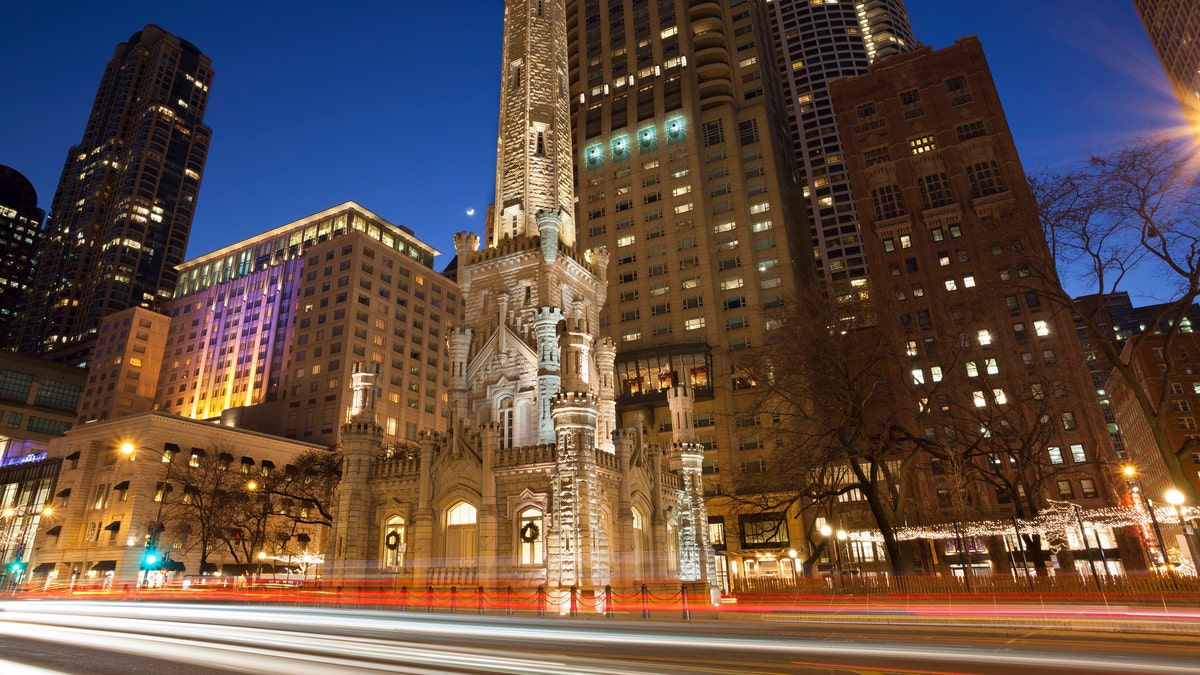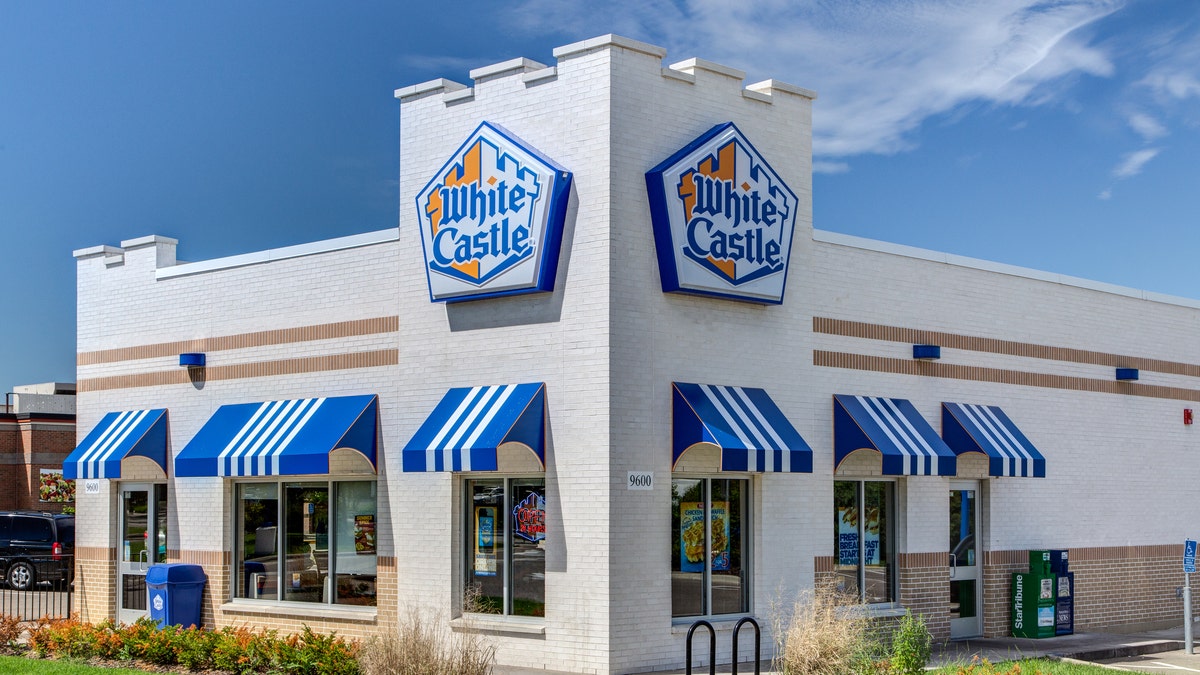
White Castle is known for its mini sliders. (iStock)
White Castle is more than just a place that serves a craveable, little hamburger on a tiny soft bun-- it’s a legendary institution, that's sometimes credited as the very first fast food chain in the United States.
White Castle was founded in Wichita, Kansas, back in 1921, by a cook named Walt Anderson and his friend, an insurance salesman named Edgar Waldo “Billy” Ingram. They sold thin little onion-topped burgers that were smashed down on the griddle (which came to be known as “sliders”) for five cents, and perfected the process that allowed them to keep opening new locations while maintaining a high-quality product.
Nobody had successfully done this before Anderson and Ingram, and their methods not only gave rise to the burger chains we know and love today, it also popularized the hamburger as an all-American food.
Today, there are White Castles in markets all across the U.S. The New York region is known as an “exclave” for the company because it’s so far away from most of the other locations-- so New Yorkers should be very grateful that the chain branched out of the Midwest to grace them with their presence. When the Las Vegas location opened in Jan. 2015 (which marked the first expansion into a new state in 56 years), demand was so high that it needed to shut down for two hours to restock — the first time that had ever happened in the 24-hour-a-day chain’s history.
Each White Castle slider contains six grams of fat and 140 calories, so eating a dozen of them in one sitting might not be the best idea.
But there’s something about those little, onion-topped burgers that’s unlike anything else out there, and it’s truly a bite of Americana.
1. Cleanliness was the secret to its success.

(AP)
Ground beef was one of the most feared food items in America when the first White Castle opened, largely because of the success of Upton Sinclair’s 1906 exposé "The Jungle," which made the poor sanitation practices of the meat packing industry public. To make sure nobody thought that their burgers were anything but 100 percent clean, the buildings were painted completely white, the interiors were made of stainless steel, and the employees all wore spotless uniforms.
2. Early locations were modeled after Chicago's water tower pumping station.

Image of Chicago Water Tower and Michigan Avenue during twilight blue hour. (iStock)
The chain’s buildings were all prefabricated, and were modeled after the Chicago Water Tower, which features a parapet, octagonal buttresses, and crenelated towers. A descendant of that original design is still in use today.
3. It spawned dozens of imitators.

Cooking burgers in a fastfood restaurant (iStock)
As soon as White Castle began to take off, dozens of imitators began to sprout up, copying the restaurant’s style and using names as similar to White Castle as they could get away with, including White Fortress, White Diamond, White Hut, White Manna (which is still around in New Jersey), White Tower, Blue Castle, Red Castle, Royal Castle, Silver Castle, and Blue Bell.
More from the Daily Meal
How to Make Your Own White Castle Slider at Home
White Castle to Sell $25,000 Worth of Sliders to Benefit Autism Research
Here Is a White Castle Wedding
4. Founder Walt Anderson is credited with inventing fast food as we know it.

New York, New York, USA - June 19, 2013: Background of the empty boxes of White Castle burgers. (iStock)
Anderson is generally regarded as having invented the hamburger bun, as well as the kitchen assembly line and standardized cooking methods, making sure that every burger across every location was exactly the same. What Henry Ford did for cars, Anderson did for burgers.
5. The chain had to create its own infrastructure.

Bloomington, United States - June 21, 2014: White Castle restuarant exterior. White Castle is a fast food restaurant chain and generally credited as the first fast food chain in the United States. (iStock)
Because fast food chains didn’t exist at the time, White Castle needed to build out all of its own infrastructure. The chain opened centralized bakeries, meat supply plants, and warehouses; set up a company to produce paper hats and other paper products; and even created a subsidiary to manufacture the building materials used to construct new locations.
